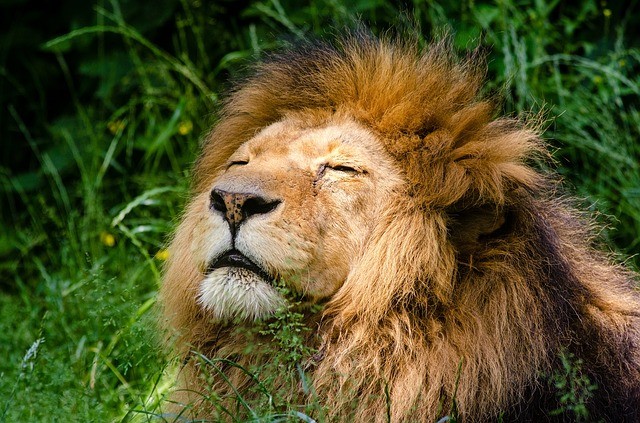In the next 20 years, lions found in West, Central and East Africa will be in danger significant populations decline, where lion numbers will be cut in half according to a new study.
A team from the University of Oxford examined and analyzed 47 lion populations from surveys across Africa that were conducted since 1990. Scientists then observed trends in order to predict how these majestic animals would survive into two decades, where the results were clearly disturbing.
Over the past 25 years, the surveys that spanned an estimated 8,221 lions apparently have declined everywhere with the exception of countries like Namibia, Botswana, Zimbabwe and South Africa. There is only one region in West Central Africa where lions continue to thrive and two regions in which lions could already be extinct.
In Eastern Africa, a similar trend was also detected where the only large lion population left would be in the Serengeti that do not have declining numbers.
According to lead author of the study, Hans Bauer of the University of Oxford, lions in the West and Central Africa have a 67 percent chance of populations being cut in half, in the next 20 years. On the other hand, East Africa sees a 37 percent chance of this happening.
Researchers say that unless political intervention and fundings can be scaled up and acknowledged these rising levels of threats that are endangering the lions, they might eventually disappear in most of Africa.
The African lion is stressed out by the myriad challenges of carnivore conservations as they are endangered by dramatic habitat loss and even dwindling sources of prey along with human activities that include poaching and poorly regulated sport hunting, exemplified by the slaughter of Zimbabwe's iconic lion, Cecil.
Today, the lion is listed as a vulnerable species under the World Conservation Union (IUCN) Red List, marking them as critically endangered in the western areas of Africa.
This new study is published in the journal, Proceedings of the National Academy of Sciences.



























